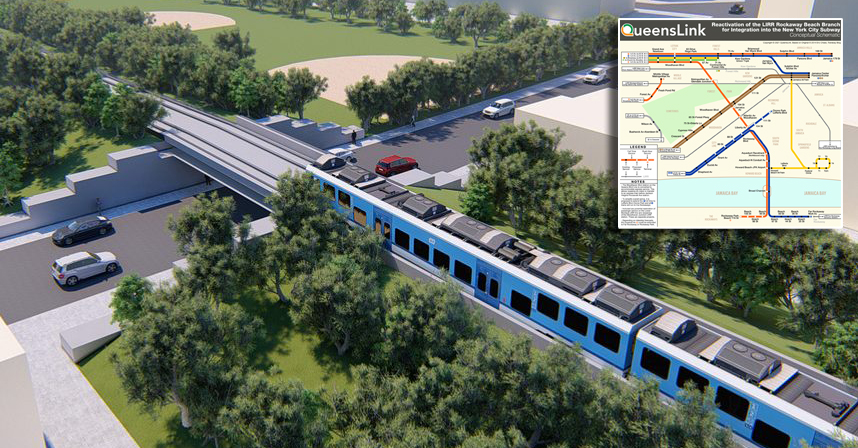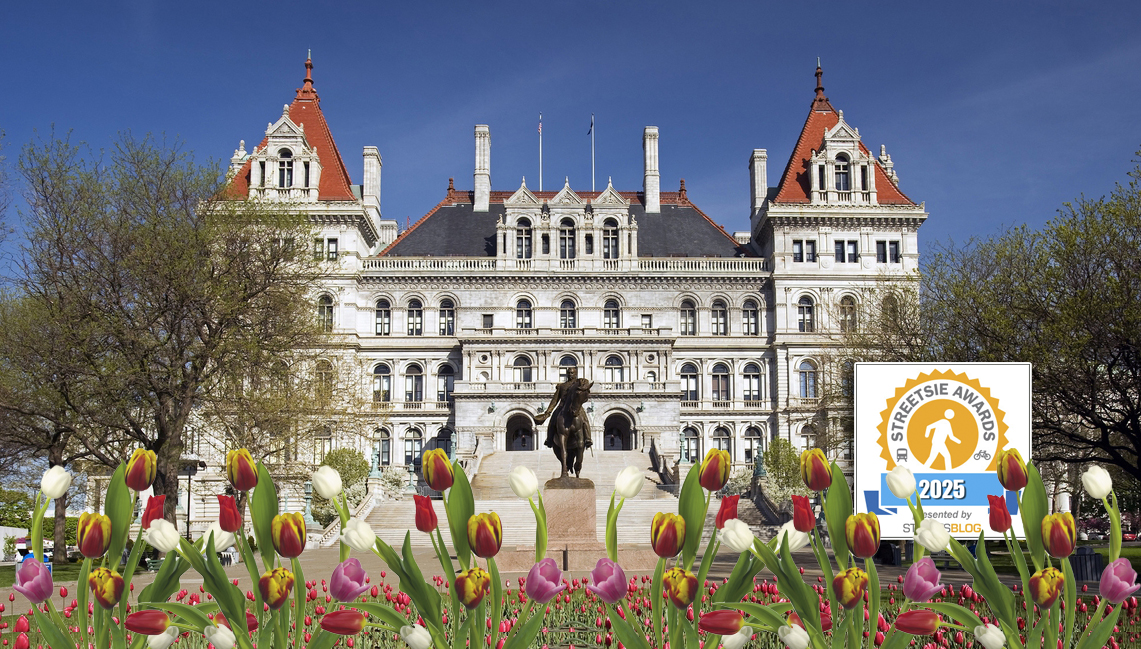Transforming the territory of strip malls and big boxes into walkable places is a hot topic, exemplified by the popular book “Retrofitting Suburbia.” But is it worth the time, money, and effort?
Robert Steuteville of Better! Cities & Towns writes that architect Kevin Klinkenberg and development expert Lee Sobel raised the question at this year’s Congress for the New Urbanism.
Klinkenberg explained in a blog that sprawl repair is a "fools errand" and new urbanists should "just say no." He said: "Suburbia, or sprawl as we interchangeably call it, is all about bigness and mass production." Put simply, "it's outside the DNA of walkable cities. Embracing sprawl retrofit is like saying we can transform fast food culture into healthy food."
He's saying that sprawl repair is the Chicken McNuggets of urbanism.
Klinkenberg concludes: "I do believe that sprawl retrofit is not a wise approach for new urbanists. I'd say, let's keep it simple — let urbanism be urbanism and sprawl be sprawl."
Steuteville disagrees. There will always be a market for sprawl, he writes, but as preferences change, it's becoming obvious that drivable places consume a much greater share of the built environment -- 95 percent -- than people actually want.
He points out that some cities, like Atlanta and Los Angeles, have few options other than retrofitting their car-centric development patterns:
Repairing the suburban fabric -- incrementally, through proper channels and Democratic means -- is necessary and can't be avoided.
Granted, you can't transform a fading commercial strip lined with single-use buildings and parking lots into a walker's paradise immediately. The outcome may not equal historic Charleston, but turning a lousy place into a decent one improves people's lives. The next generation can make a decent place great.
Elsewhere on the Network today: BikePortland breaks down an audit of local traffic safety cameras, Baltimore Spokes links to a study on how better police reports on bike crashes could save lives, and Greater Greater Washington says DC isn’t meeting its housing goals.






